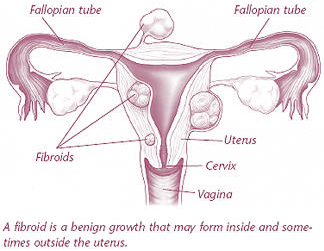Histeroscopia
A hysteroscopy refers to passing a camera through the cervix to examine the uterus (womb) inside. Although many patients are nervous when told that they need a hysteroscopy, most are surprised and relieved when they finally realize that the procedure is much shorter and less difficult than they thought. Hysteroscopy is performed in the office under sterile conditions and takes ten minutes. We recommend that the patient take ibuprofen an hour before, since during the procedure they may have cramps as if they had heavy menstruation. You will also have a local anesthetic to help with colic. The camera itself is thin; almost as thick as a pencil. Using this, the doctor will be able to examine the cervix, the openings of the fallopian tubes, and the body of the uterus. This is valuable because it can help evaluate scars, fibroids, tumors, and other potential sources of abnormal bleeding or pain. One of the main reasons this is done is to help rule out cancer of the womb. After the doctor examines the womb using the camera, the camera is removed and a sample (biopsy) is taken. This does cause colic but it takes less than 10 seconds to obtain. After hysteroscopy and biopsy, colic subsides in just minutes. the camera is removed and a sample (biopsy) is taken. This does cause colic but it takes less than 10 seconds to obtain. After hysteroscopy and biopsy, colic subsides in just minutes. the camera is removed and a sample (biopsy) is taken. This does cause colic but it takes less than 10 seconds to obtain. After hysteroscopy and biopsy, colic subsides in just minutes.
The patient should expect to have a little bleeding for a few days after the hysteroscopy and should abstain from sexual intercourse until after the bleeding stops.

